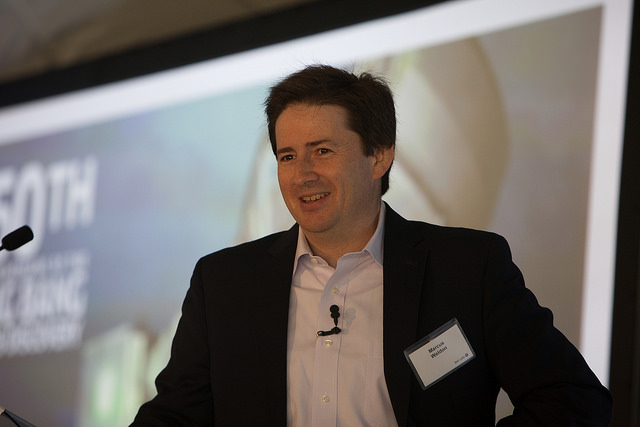Nokia Bell Labs and French national research institute Inria are turning their attention to artificial intelligence and machine learning after extending their long-running collaboration for five years.
The two organisations have been formally working together since 2008 and collaborating during the past 20 years to solve key technology challenges facing networks and their applications.
They said they wanted to explore four areas over the next five years: how algorithms can be used to solve IoT challenges, how analytics and machine learning can optimise virtual networks, how distributed learning and control for augmented intelligence can be used to run complex IoT networks, and cybersecurity.
In a statement, both said future networks will need better guarantees for security and privacy, as well as being able to run increasingly complex networks across a multitude of use cases and connections.
[Read more: Deutsche Telekom CTO looking to force 5G issue with new testbed]
Marcus Weldon, Nokia Chief Technical Officer and Nokia Bell Labs President [pictured], said: “Nokia Bell Labs collaborates with the best academic teams in the world on solving the key technical challenges confronting humankind.
“Together, Inria and Bell Labs are collaborators and co-pioneers in this endeavour, with a rich and fruitful relationship over the past 20 years.
“We have even higher expectations and plans for our future collaboration via our common laboratory centred on addressing the fundamental challenges of humans in the future connected world.”
Antoine Petit, Inria CEO, added: “Inria develops the whole scope from research to applications in the area of computer science and applied mathematics.
“With leading companies, we operate joint labs that are focused on long term cooperation. With Nokia Bell Labs we develop technologies that will power the future of networks and telecommunication.
“Our common goal is to produce new scientific results as well as new innovations that can enrich the technologies and products developed by Nokia. It is the DNA of Inria to go from high level research to industrial applications.”



